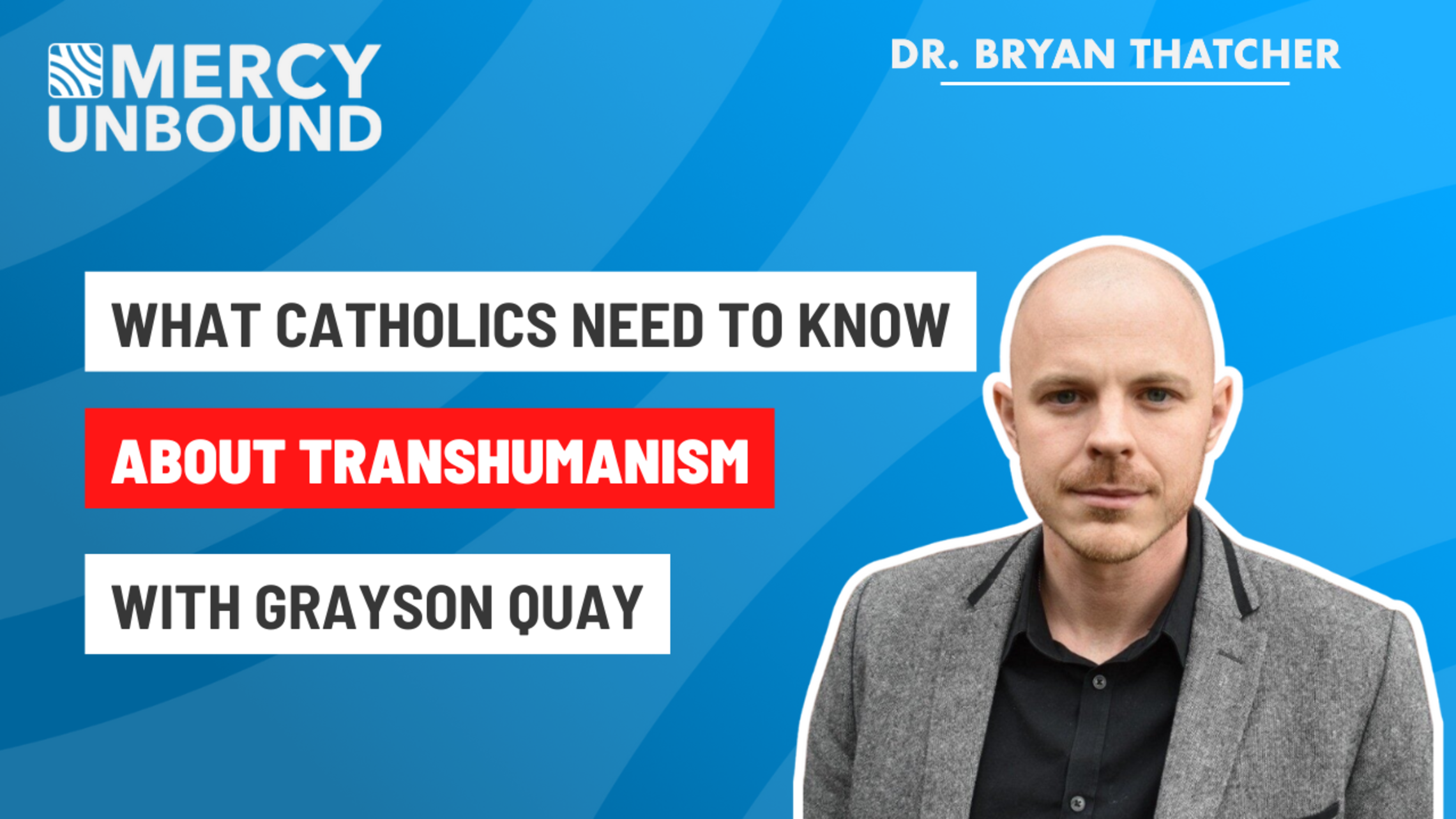Episode 134, The Shroud of Turin: A Doctor’s Lifelong Exploration
Dr. Gilbert Lavoie, M.D., is a dedicated medical practitioner whose fascination with the Shroud of Turin has spanned over four decades. In the late 1970s, he stumbled upon a remarkable book by French surgeon Dr. Pierre Barbet titled, "A Doctor at Calvary." I vividly recall reading this book myself many years ago. Today, we will delve into Dr. Lavoie's own work, "The Shroud of Jesus, and the Sign John Ingeniously Concealed." It is a captivating read, full of photographs and concise explanations regarding the Shroud. This enlightening book is published by Sophia Institute Press. During our discussion, we will provide an overview of the key highlights and arguments presented within.
Doubts and Authenticity: Four Key Concerns Surrounding the Shroud
In the time of Jesus, many were crucified on crosses, yet the Shroud of Turin stands apart as the sole burial cloth bearing an image. There exist four significant reasons fueling doubts about the Shroud's authenticity as the burial cloth of Jesus. Firstly, some contend that the Shroud is a mere painting, but it has been convincingly demonstrated that it is not. Secondly, doubts arise due to the lack of a well-delineated chain of custody for the first few centuries. Thirdly, the primary reason for skepticism stems from carbon dating conducted 40 years ago, which placed its origin in the Middle Ages. However, recent technological advances have revealed its true antiquity, dating back to the time of Jesus. Lastly, some question why the Gospel of John does not mention the Shroud.
The Shroud’s Mysteries Unveiled
As many of you may be aware, in 1898, Secondo Pia captured a photograph of the Shroud and, to his astonishment, discovered that it is, in fact, a negative image. This revelation sparked considerable interest, as no immediate explanation for this could be found.
Dr. Lavoie references the discovery of pollen grains on the Shroud, which are native to Middle Eastern regions, including Palestine. Additionally, a distinguished expert in textiles and stitching identified a unique stitching pattern on the cloth that was prevalent before 73 AD.
Exploring Jewish Burial Customs
Why, then, does John's Gospel omit any mention of the Shroud? The Jews held a strong belief against creating images of God, as it conflicted with the Second Commandment. Scholars, such as John Jackson from the Shroud Center in Colorado, have extensively examined the Shroud, but Dr. Lavoie contends that there is currently no conclusive evidence explaining the formation of the image transfer on the Shroud. Dr. Lavoie also delves into Jewish burial customs, refuting the theory that Jesus' body would have been washed, resulting in less blood on the Shroud.
The Upright Death Theory
Furthermore, he explains his belief that the man in the Shroud died in an upright position, citing John 12:32, "And I, when I am lifted up from the earth, will draw all people to myself." Within the same scriptural passage, it is noted, "he saw and believed," though no specific object is mentioned, a matter which Dr. Lavoie expounds upon in the book and in today’s episode.
Teaching the Next Generation
Dr. Lavoie asserts the importance of imparting knowledge about the Shroud to our younger generation, as their understanding of it is often limited. He highlights the alignment between John's Gospel and the findings surrounding the Shroud.
To obtain a copy of Dr. Lavoie's book, please visit Sophiainstitute.com or Amazon.com.



